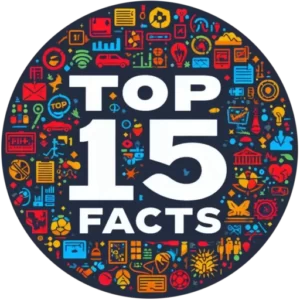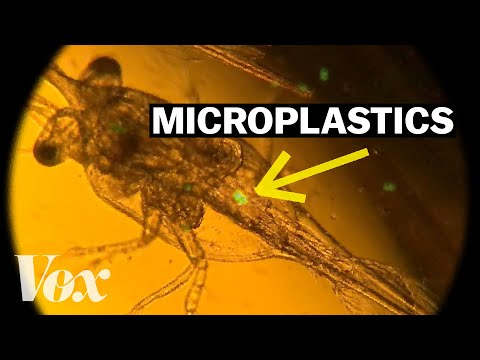Microplastics have become a significant problem for our oceans. These tiny plastic particles, often less than 5mm in size, are now found everywhere in marine ecosystems. While their small size may seem harmless, the damage they cause to marine life and food chains is immense.
The presence of microplastics in marine food chains is a global issue. Understanding how they impact marine ecosystems and the seafood we consume is crucial. This article uncovers 15 key facts about how microplastics disrupt the food chain and what this means for the future of our oceans.
15 Facts About Microplastics in Marine Ecosystems (Short Details)
- What Are Microplastics? Tiny plastic particles enter marine ecosystems through waste disposal, polluting the oceans.
- Microplastics in Plankton: Plankton consume microplastics, contaminating the entire marine food chain.
- Bioaccumulation of Microplastics: Microplastics move up the food chain, accumulating in marine animals and humans.
- Impacts on Fish and Shellfish: Fish and shellfish ingest microplastics, threatening marine biodiversity and seafood supply.
- Marine Mammals Affected: Marine mammals ingest microplastics, leading to serious health issues and mortality.
- Microplastics in Coral Reefs: Microplastics disrupt coral reefs, harming marine ecosystems and reducing biodiversity.
- Disruption of Food Webs: Microplastics weaken marine food webs, affecting the balance of ocean ecosystems.
- Microplastics in Human Seafood: Contaminated seafood with microplastics poses risks to human health.
- Pollution in Coastal Areas: Coastal areas are hotspots for microplastic pollution, affecting marine life and human livelihoods.
- Effects on Marine Biodiversity: Microplastics reduce marine biodiversity, weakening ocean ecosystems.
- Impact on Marine Predators: Top marine predators suffer from microplastic accumulation, affecting survival and reproduction.
- Microplastics and Ocean Acidification: Microplastics worsen the effects of ocean acidification, endangering marine species.
- Regulatory Efforts: Governments are taking steps to ban harmful microplastics, but stronger regulations are needed.
- Solutions to Microplastic Pollution: Efforts to reduce plastic waste, like recycling, can curb microplastic pollution.
- Future Without Microplastics: A plastic-free future for oceans is achievable with global cooperation and action.
1. What Are Microplastics and How Do They Enter Marine Ecosystems?
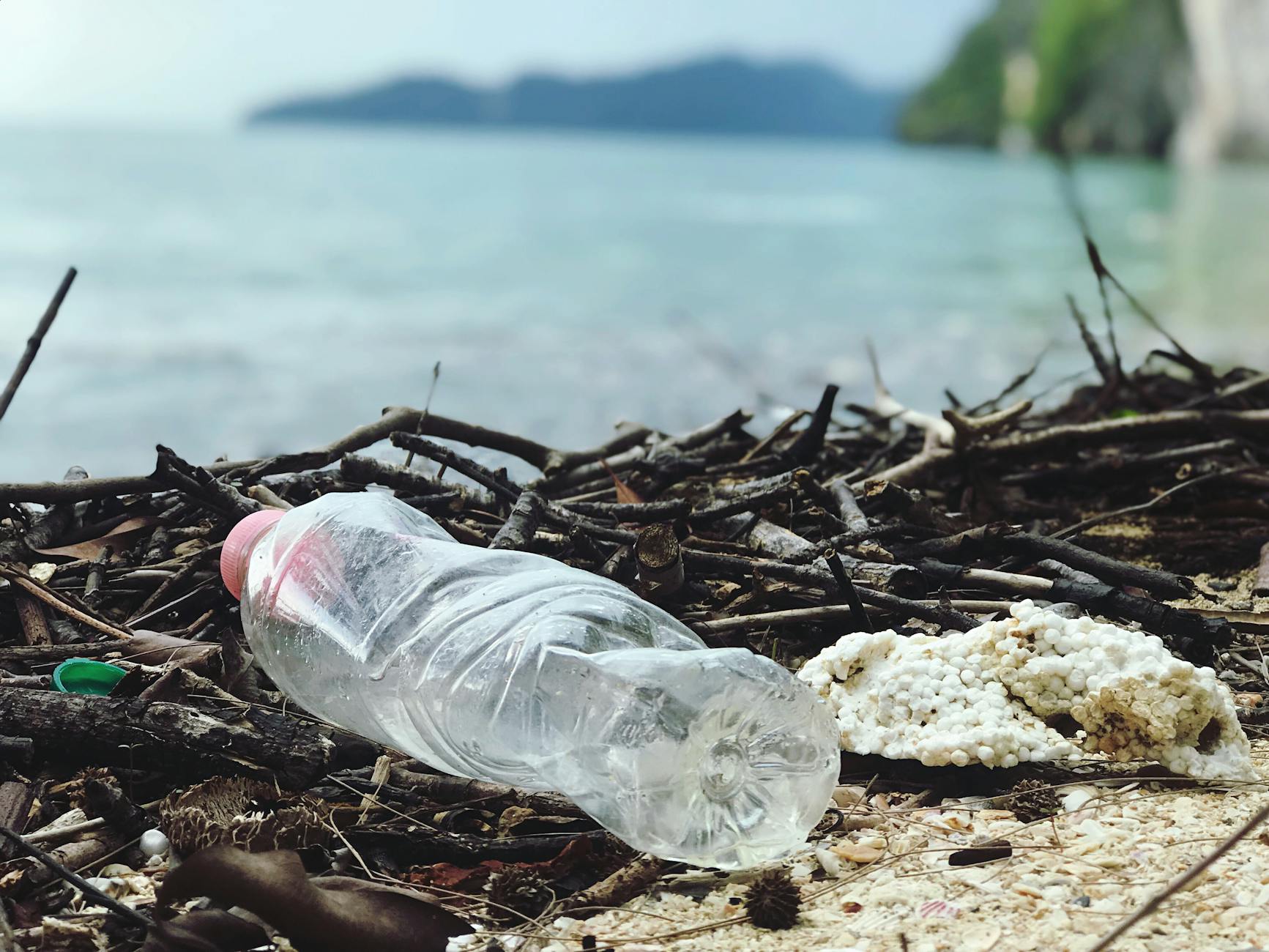
Microplastics are tiny plastic particles, often broken down from larger plastics. They come from various sources like plastic bags, bottles, and packaging. Some are even designed to be small, such as microbeads in personal care products.
These particles enter marine ecosystems through improper waste disposal. Rainwater washes them into rivers, which eventually flow into the ocean. They are also carried by the wind, ending up in coastal waters and deeper ocean areas.
Once in the ocean, microplastics are incredibly difficult to remove. They don’t decompose but continue to break into even smaller pieces, further polluting the water.
2. Microplastics in Plankton: The Foundation of the Food Chain
Plankton, the foundation of the marine food chain, are consuming microplastics. These tiny organisms mistake microplastics for food, leading to serious consequences. The ingestion of plastics can harm their ability to grow and reproduce.
When plankton are affected, the entire marine ecosystem feels the impact. Fish and other marine creatures that rely on plankton for food end up consuming microplastics as well. This contamination starts a chain reaction through the food web.
As plankton populations suffer, the species that depend on them for survival also face challenges. This disruption can affect marine biodiversity and food availability for larger animals.
Read more: Microplastics pose risk to ocean plankton, climate, other key Earth systems
3. Bioaccumulation: How Microplastics Move Up the Food Chain
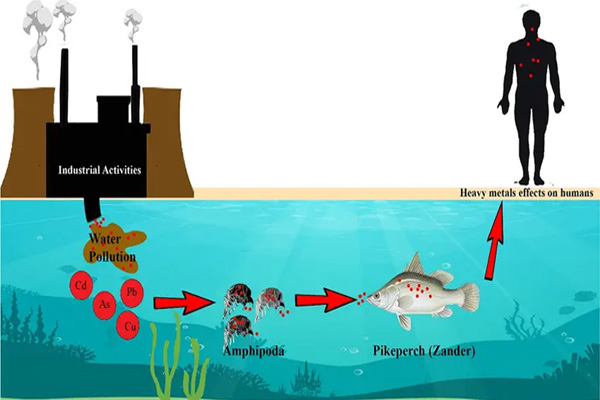
Microplastics move up the food chain through bioaccumulation. Small marine creatures, like plankton, consume these particles first. Fish that eat plankton then ingest the plastics, and so on, as larger animals consume smaller ones.
The more microplastics an animal eats, the more they accumulate in its body. This leads to health problems, including digestive issues, reproductive challenges, and even death. The higher an animal is on the food chain, the more microplastics it may carry.
This accumulation of plastics poses a threat not only to marine animals but also to humans. When we consume seafood, we could be ingesting these harmful particles as well.
Read More: Top 15 Innovations in Renewable Energy
4. Impacts on Marine Fish and Shellfish Populations
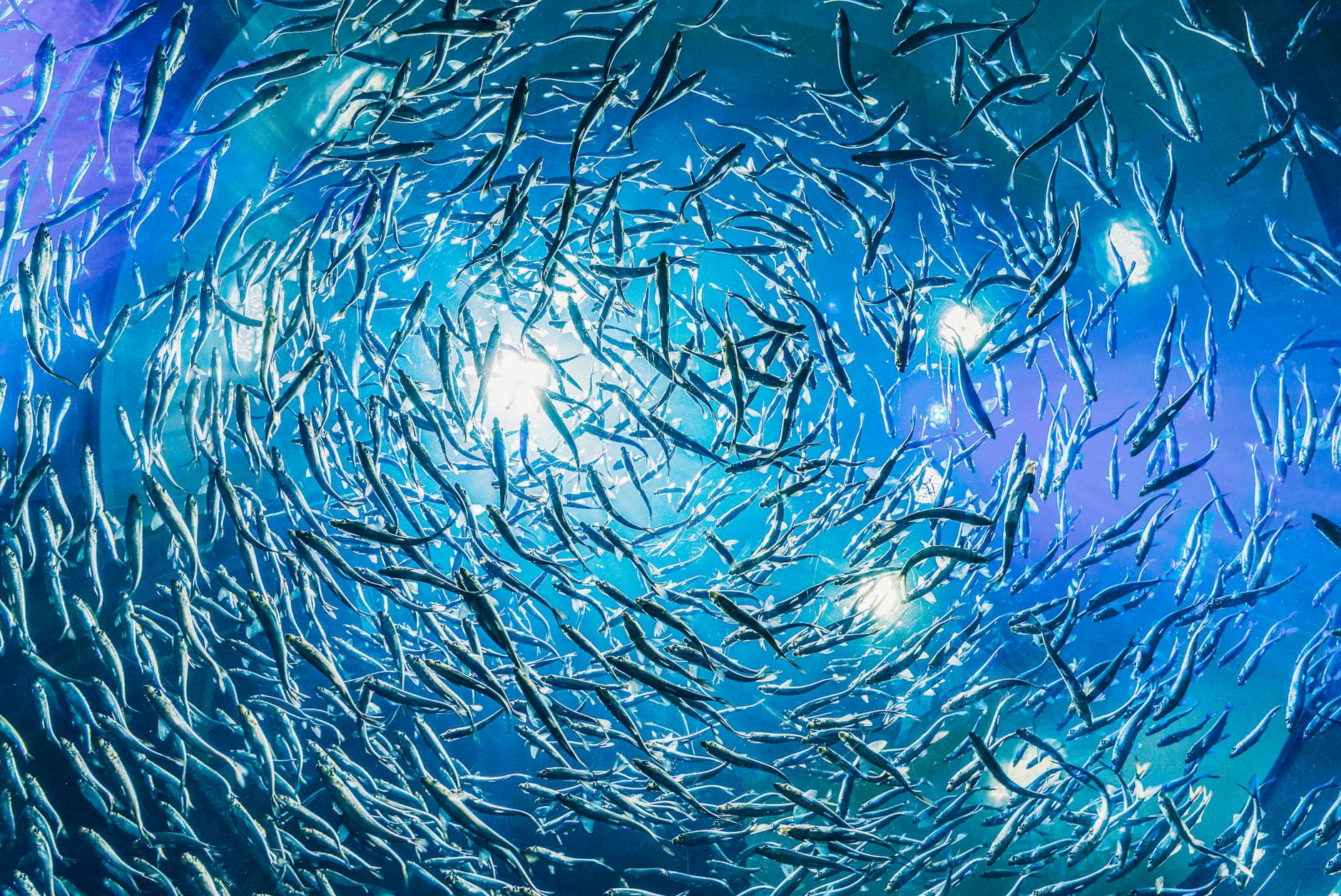
Fish and shellfish are highly vulnerable to microplastic pollution. These animals often mistake plastic particles for food. Once ingested, the microplastics can damage their organs and interfere with normal feeding behaviour.
The health of fish populations is crucial for both marine ecosystems and the fishing industry. As more fish are exposed to microplastics, their overall health declines. This can lead to population decreases, which affects global seafood supply.
Shellfish, such as mussels and clams, are also at risk. They filter seawater to feed, meaning they are constantly exposed to microplastics in polluted waters. This results in contaminated seafood that ends up on our plates.
5. Microplastics and Marine Mammals
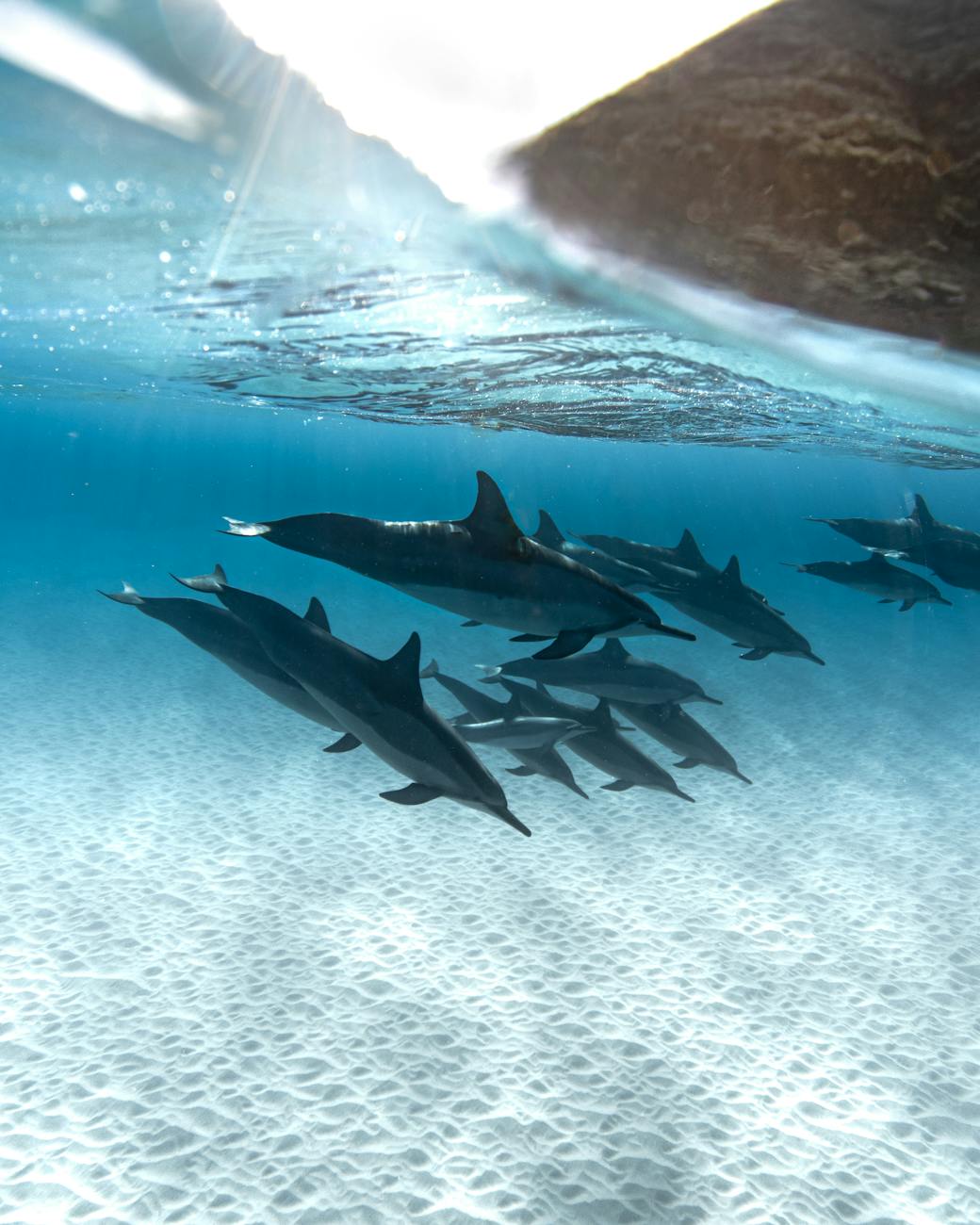
Marine mammals, such as whales and dolphins, are not immune to microplastics. These large creatures often consume fish and plankton that are contaminated. The ingestion of microplastics can lead to serious health issues.
Studies have shown that microplastics can cause blockages in the digestive systems of marine mammals. This prevents them from absorbing the nutrients they need to survive. Over time, this can lead to starvation and death.
The presence of microplastics in marine mammals highlights the far-reaching effects of plastic pollution. These animals are critical to maintaining the balance of marine ecosystems, and their decline can have ripple effects throughout the food chain.
Read More: 15 Jaw-Dropping Plant and Flower Facts That Will Amaze You
6. Microplastics in Coral Reefs
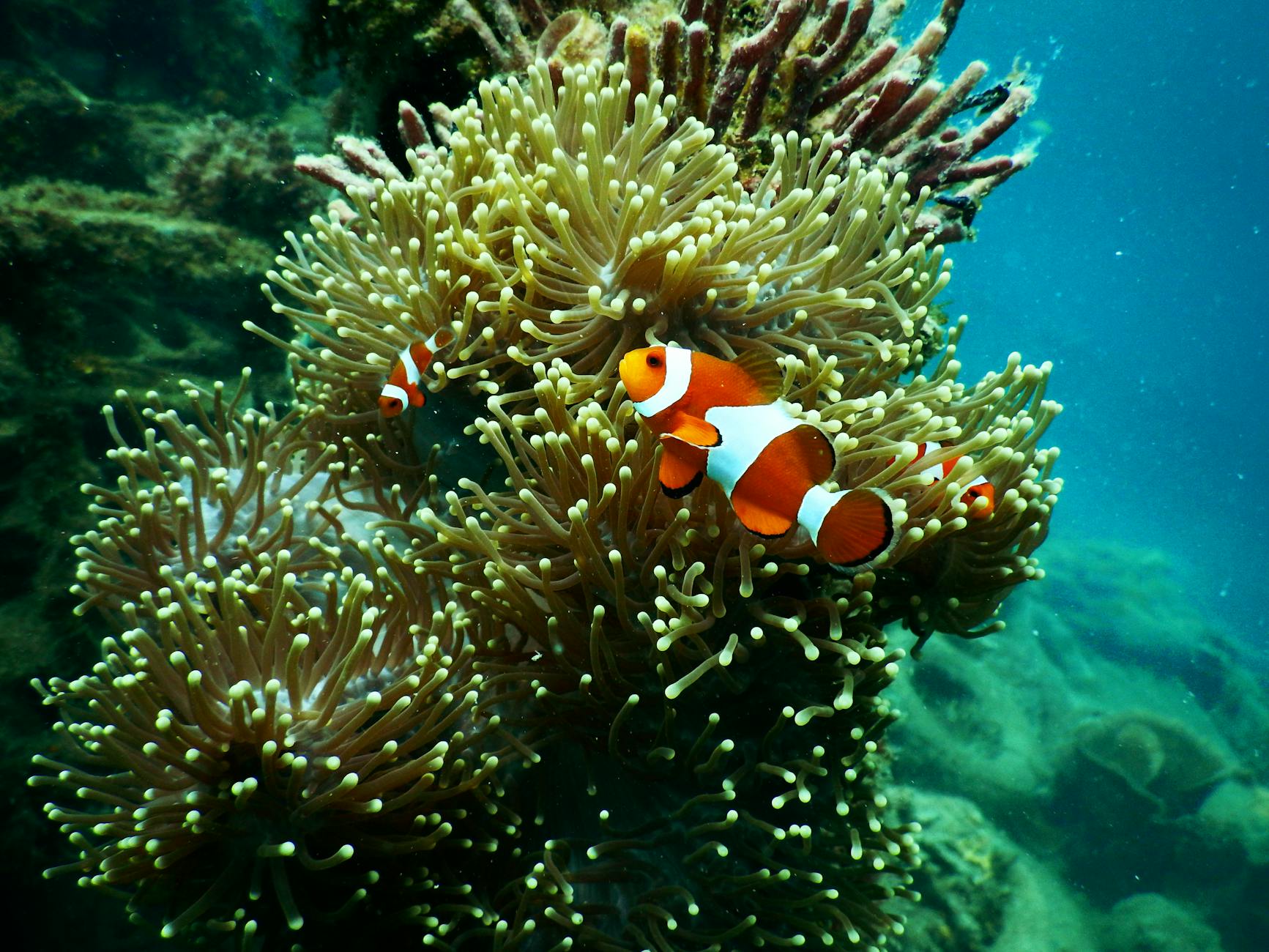
Coral reefs are the lifeblood of marine biodiversity, yet they are under threat from microplastics. These tiny particles get trapped in the coral’s feeding structures, preventing the coral from obtaining proper nutrition.
When coral reefs suffer, the entire ecosystem around them is impacted. Coral provides shelter and food for many marine species. The presence of microplastics weakens the coral, leading to slower growth and higher mortality rates.
In addition to harming coral, microplastics can disrupt the symbiotic relationships that exist within reef ecosystems. Fish and other species that rely on coral are affected, reducing biodiversity and ecosystem health.
Read more: The Invisible Threat: How Microplastics Endanger Corals
7. Disruption of Marine Food Webs
Microplastic pollution is causing significant disruption to marine food webs. By contaminating plankton and small fish, microplastics are passed from one species to another. This weakens the entire chain, affecting everything from fish to top predators.
The disruption of food webs means that species that rely on one another for food face challenges. Predators struggle to find enough healthy prey. This leads to imbalances in population sizes and a less stable ecosystem.
A weakened food web can have long-term effects on marine biodiversity. When species at the bottom of the chain are affected, the entire ecosystem is at risk.
8. Microplastics in Human Seafood Consumption
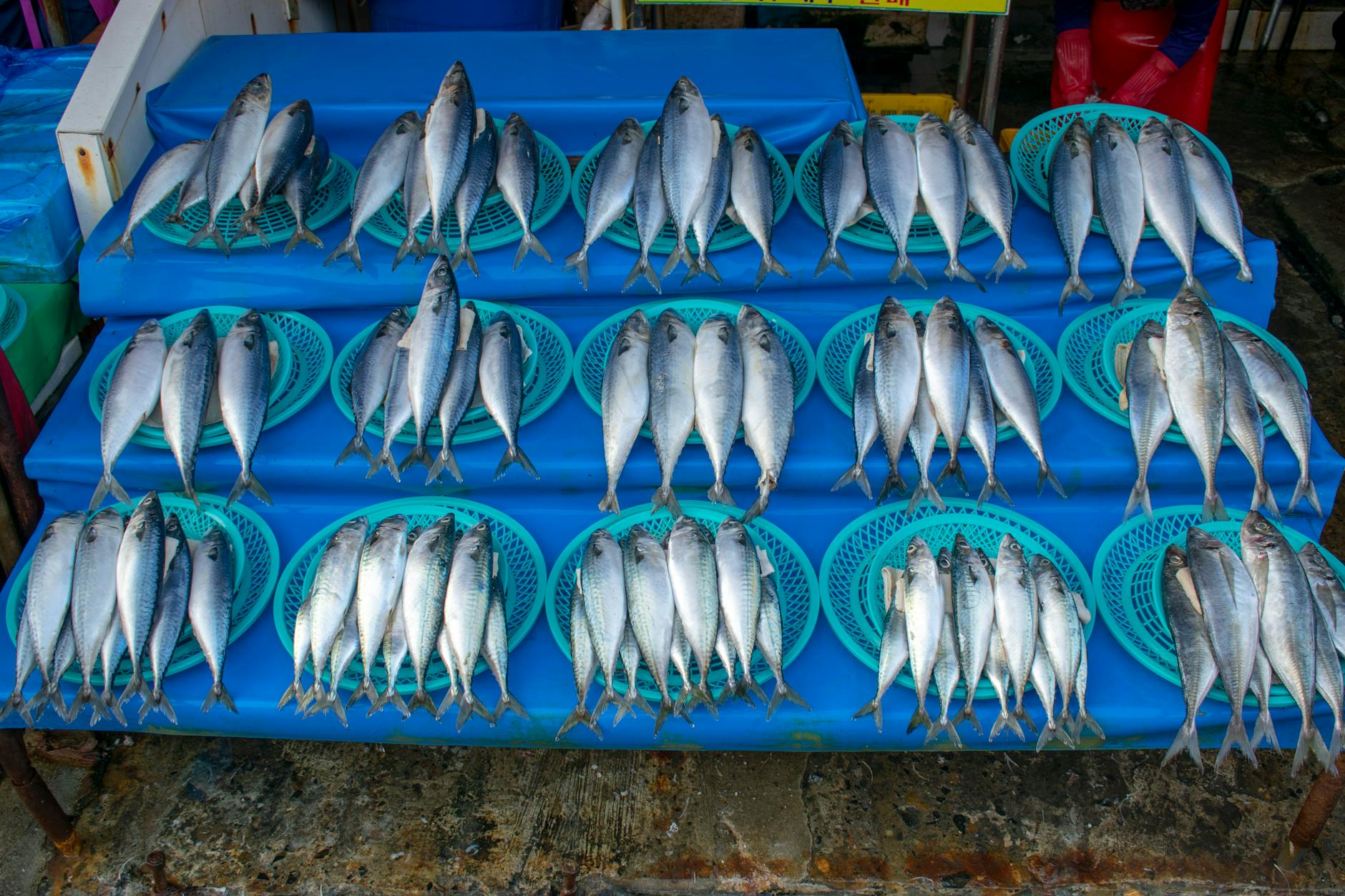
Microplastics in seafood are now a major concern for human health. Fish, shellfish, and other marine animals that humans eat are often contaminated with these particles. This raises questions about the safety of our food.
Scientists are still studying the full impact of microplastics on human health. However, early research suggests that ingesting microplastics could affect digestion, immune responses, and even reproductive systems. The long-term effects remain unknown, but the risks are clear.
As microplastic pollution continues to rise, the likelihood of consuming contaminated seafood also increases. This makes addressing plastic pollution a priority for both environmental and public health reasons.
9. Microplastic Pollution in Coastal Areas
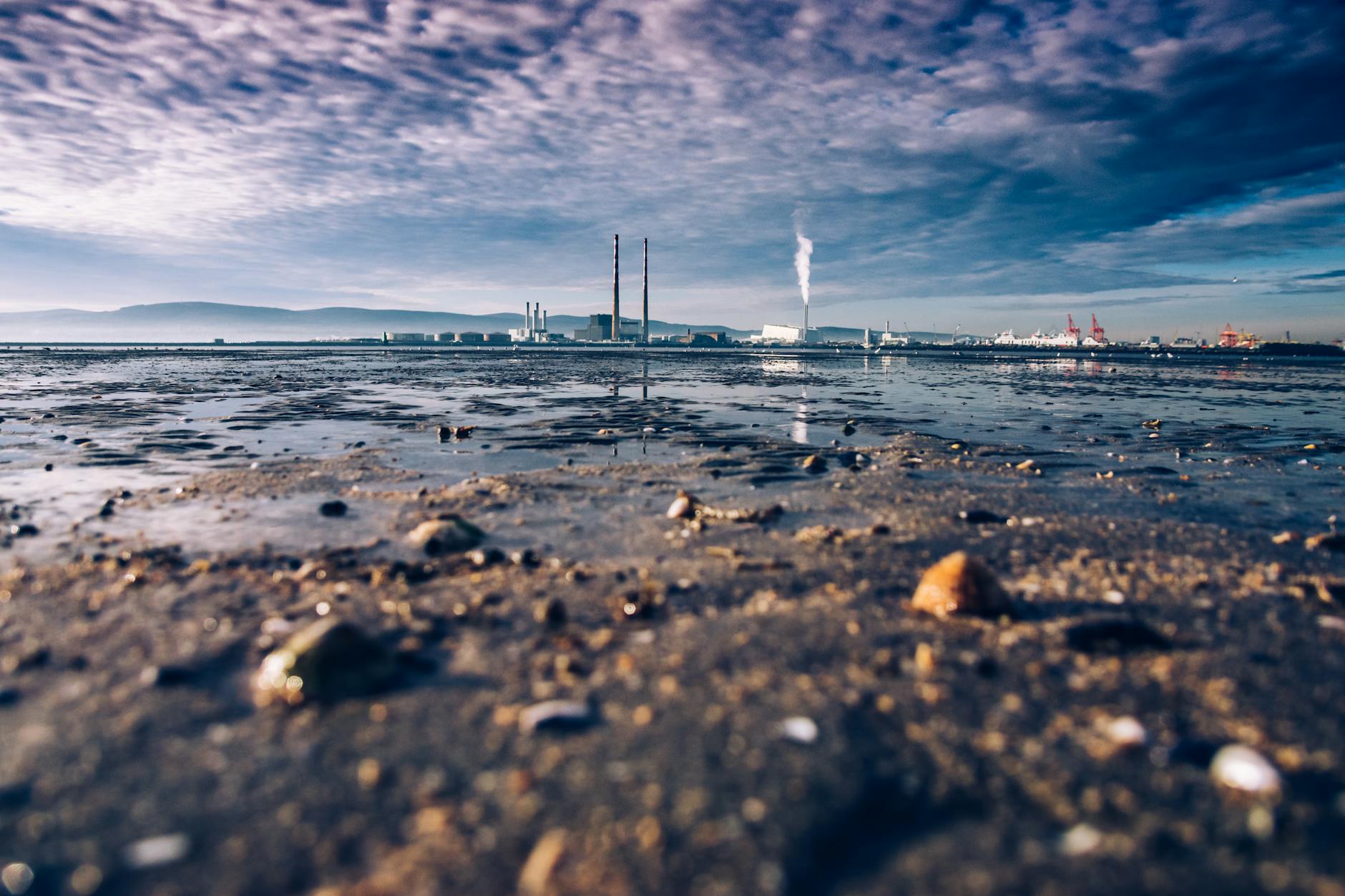
Coastal areas are often hotspots for microplastic pollution. These regions are where rivers and urban runoff flow into the ocean, carrying plastics with them. Coastal waters are also home to many species that are directly affected by this pollution.
The presence of microplastics in coastal waters impacts local marine life. Fish and shellfish in these areas are exposed to higher levels of plastic contamination. This also affects the livelihoods of people who rely on fishing and tourism in these regions.
Reducing plastic waste in coastal areas is essential for protecting both marine ecosystems and local economies. Addressing this issue requires global cooperation and policy changes.
Read More: Green Technology: 15 Awesome Innovations for a Better Planet
10. Effects of Microplastics on Marine Biodiversity
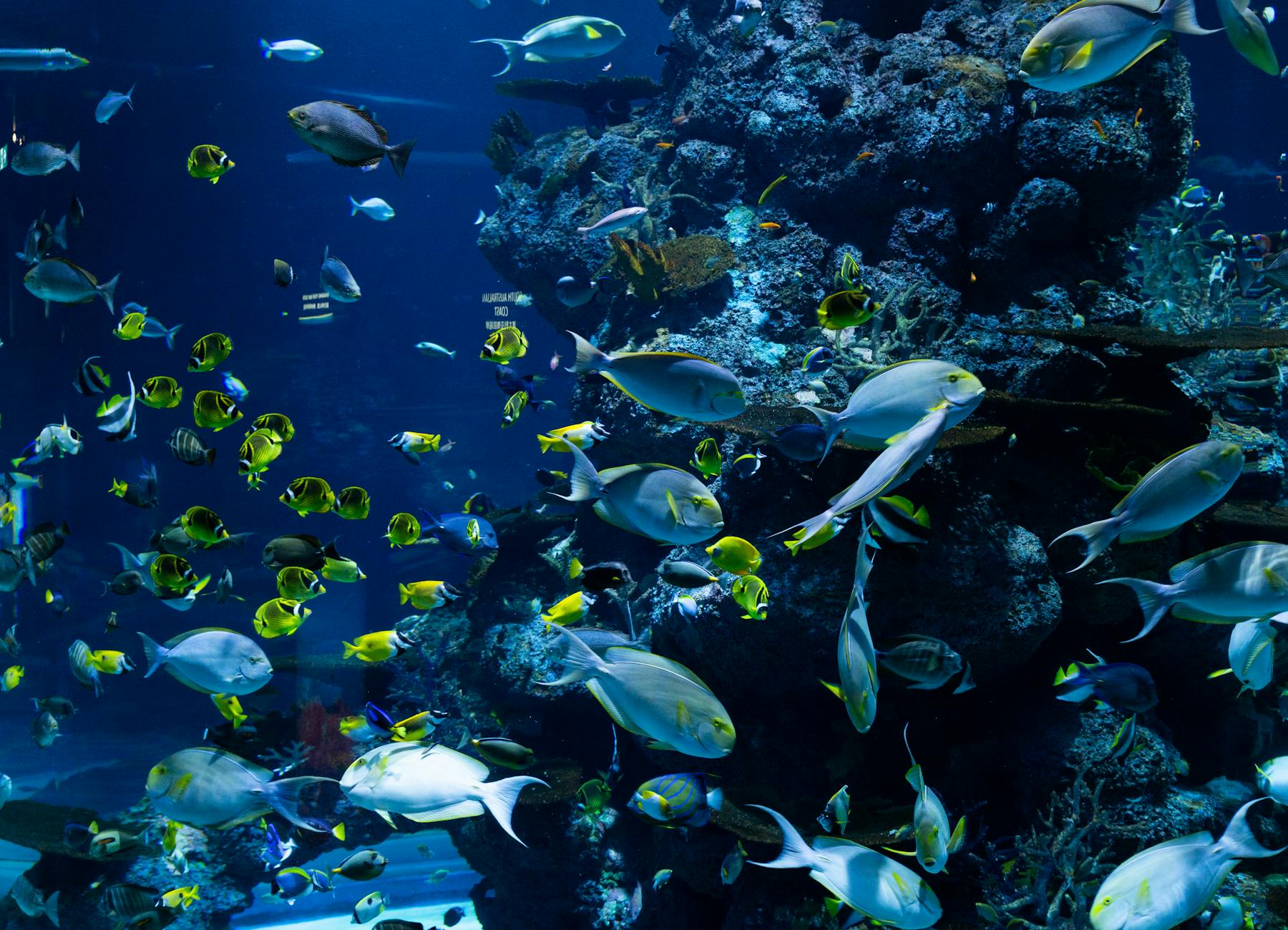
Marine biodiversity is under threat from microplastic pollution. These tiny particles are causing harm to a wide range of species, from plankton to top predators. This widespread contamination leads to biodiversity loss in many ecosystems.
As species struggle with the impacts of microplastics, their populations decline. This affects the balance of marine ecosystems, as every species plays a crucial role. Biodiversity is essential for healthy oceans, and its loss can have severe consequences.
Conserving marine biodiversity means addressing the issue of microplastic pollution. Efforts to reduce plastic waste and protect marine life are more important now than ever.
Read more: Marine Plastics: A threat to biodiversity
11. Microplastics and Marine Predators
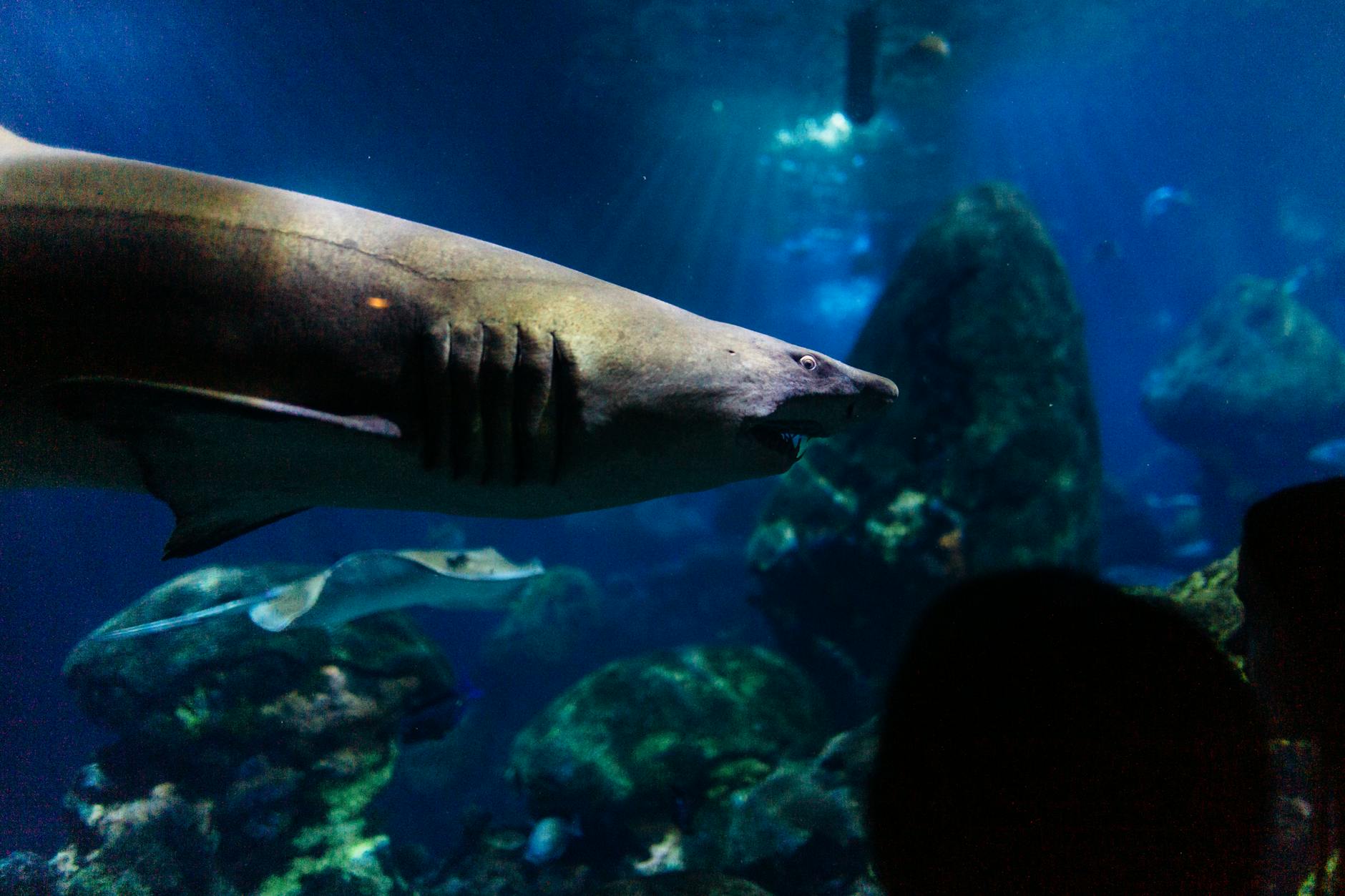
Marine predators, such as sharks and seabirds, are facing increased exposure to microplastics. These top predators consume smaller fish and marine creatures that are already contaminated. Over time, microplastics build up in their bodies.
The accumulation of microplastics in predators poses a threat to their survival. Digestive issues, weakened immune systems, and reduced reproductive success are common problems. This impacts not only individual species but also the overall health of marine ecosystems.
Protecting marine predators requires reducing plastic pollution at its source. By addressing the problem at lower levels of the food chain, we can help protect these vital species.
12. Microplastics and Ocean Acidification
Ocean acidification and microplastics are both serious threats to marine life. The combination of these two issues makes the situation even worse. Acidified waters weaken marine organisms, while microplastics add further stress.
Many marine species struggle to survive in acidified waters. When microplastics are added to the equation, their ability to thrive is reduced even more. The combined effects lead to weaker populations and reduced biodiversity.
Addressing both ocean acidification and microplastic pollution is necessary to protect marine ecosystems. Reducing carbon emissions and plastic waste will help ensure a healthier future for our oceans.
13. Regulatory Efforts and Bans on Microplastics
Governments worldwide are beginning to take action against microplastic pollution. Bans on microbeads in personal care products are a step in the right direction. However, much more needs to be done to address the larger issue.
Countries in the EU have been at the forefront of banning harmful plastics. These efforts are helping to reduce the amount of plastic entering the ocean. However, enforcement and global cooperation remain challenges.
Stronger regulations are necessary to protect marine ecosystems. Reducing plastic production and improving waste management will go a long way in tackling this problem.
14. Solutions to Microplastic Pollution
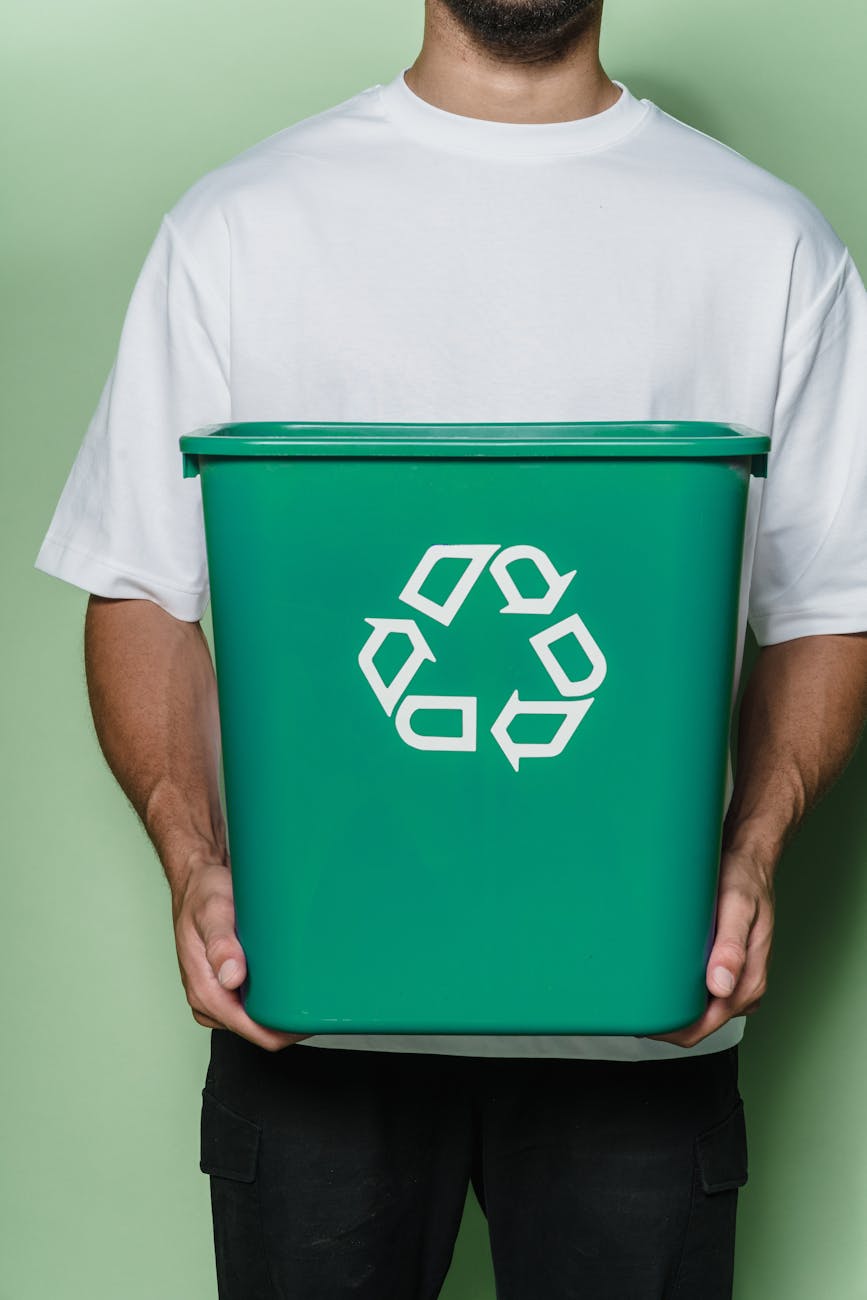
Many solutions to microplastic pollution are being developed. Some focus on reducing plastic waste through recycling and better product design. Others aim to remove existing plastics from the ocean.
Consumers can also play a role by reducing their plastic use. Simple actions like using reusable bags, bottles, and containers can make a difference. Supporting companies that prioritize sustainability is another way to contribute.
Tackling microplastic pollution requires collective action. Governments, businesses, and individuals all have a role to play in creating a cleaner future for our oceans.
Read more: Easy Ways to Reduce Microplastic Pollution & Consumption In Your Daily Life
15. The Future of Our Oceans Without Microplastic Pollution
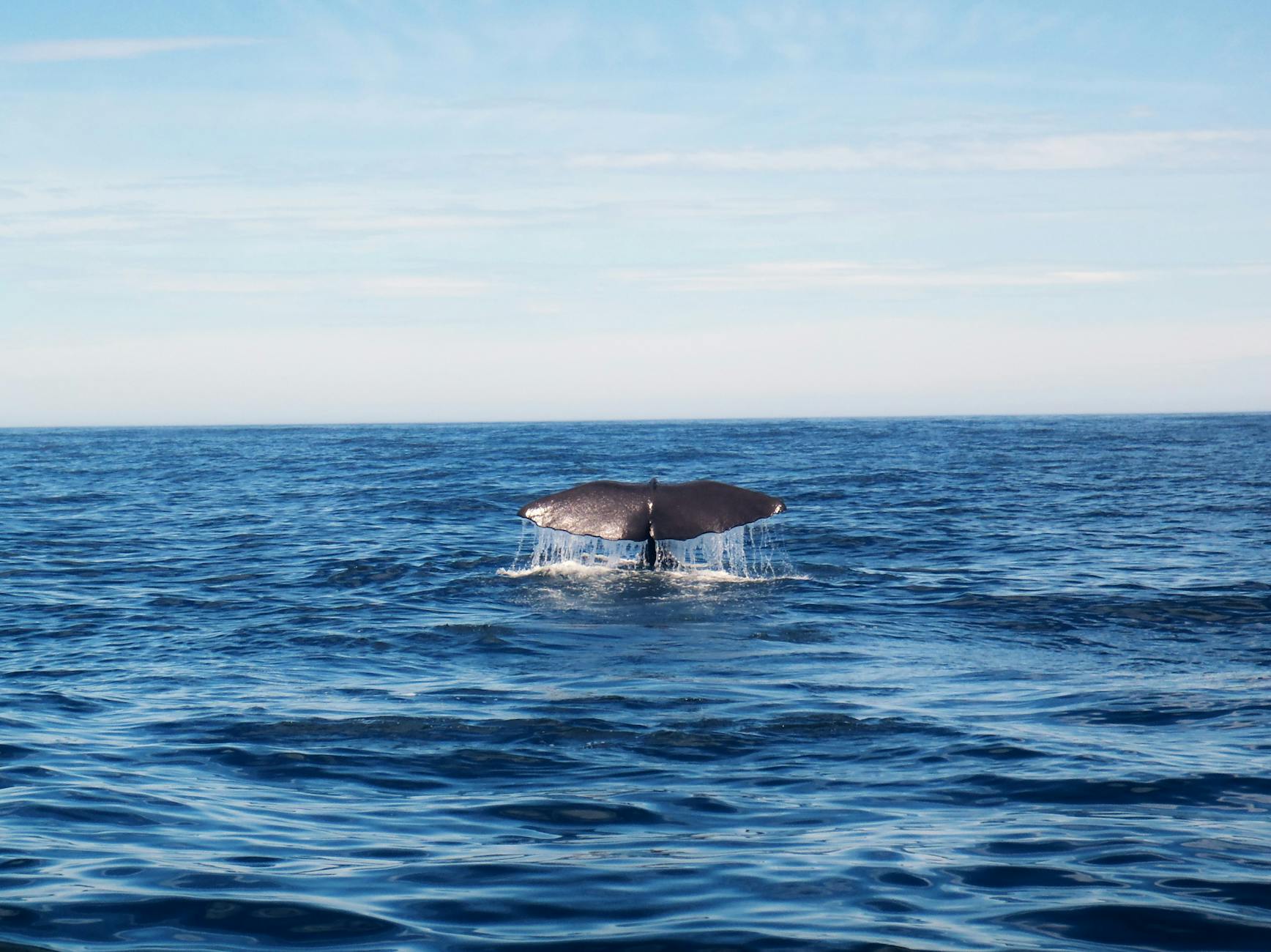
A future without microplastic pollution is possible. If we take action now, we can protect marine life and ensure healthier oceans for generations to come. This will require global cooperation and a commitment to reducing plastic waste.
Cleaner oceans mean healthier ecosystems and more sustainable seafood supplies. By addressing plastic pollution, we will able to reduce the risks to human health. The path to a future without microplastics begins with awareness and action today.
Final note:
Microplastics have infiltrated every corner of our oceans, causing harm to marine life and ecosystems. Their impact on the food chain, from plankton to top predators, is undeniable. Addressing this issue is not only crucial for marine biodiversity but also for human health and the safety of our food.
The fight against microplastic pollution is ongoing. By reducing plastic waste and implementing stronger regulations, we can make a difference. Protecting our oceans now will ensure a healthier future for both marine life and people.
15 FAQs(frequently asked questions):
-
What are microplastics?
Microplastics are tiny plastic particles smaller than 5mm that come from degraded larger plastics or are intentionally manufactured, such as microbeads.
-
How do microplastics enter marine ecosystems?
Microplastics enter oceans through improper waste disposal, runoff from rivers, and wind, contaminating marine habitats.
-
How do microplastics affect plankton?
Plankton mistakenly ingest microplastics, which disrupt their growth and reproduction, passing the plastics up the marine food chain.
-
What is bioaccumulation of microplastics?
Bioaccumulation occurs when microplastics consumed by small marine organisms accumulate in larger predators, affecting the entire food web.
-
Are fish and shellfish affected by microplastics?
Yes, fish and shellfish consume microplastics, which can damage their health, leading to reduced populations and contaminated seafood.
-
How do microplastics impact marine mammals?
Marine mammals like whales ingest microplastics, leading to digestive blockages, malnutrition, and other health problems.
-
What is the effect of microplastics on coral reefs?
Microplastics hinder coral feeding and growth, disrupting marine ecosystems that depend on healthy coral reefs for survival.
-
How do microplastics disrupt marine food webs?
Microplastics contaminate marine food webs, affecting species at every level, from plankton to top predators.
-
Can microplastics harm human health?
Yes, consuming seafood contaminated with microplastics may pose health risks, though more research is needed on long-term effects.
-
Why are coastal areas prone to microplastic pollution?
Coastal areas receive high amounts of plastic waste from urban runoff and rivers, making them hotspots for microplastic accumulation.
-
How do microplastics affect marine biodiversity?
Microplastics reduce biodiversity by harming marine species and disrupting ecosystems essential for ocean health.
-
What are the effects of microplastics on marine predators?
Marine predators accumulate microplastics through their prey, leading to health issues like reduced reproduction and survival.
-
How do microplastics worsen ocean acidification?
Ocean acidification weakens marine species, and combined with microplastics, it creates a harsher environment, further endangering marine life.
-
What regulations exist to reduce microplastic pollution?
Many countries are banning microbeads and other harmful plastics, but stronger global regulations and enforcement are needed.
-
What can be done to reduce microplastic pollution?
Solutions include reducing plastic use, improving waste management, and supporting recycling initiatives to curb plastic pollution.
